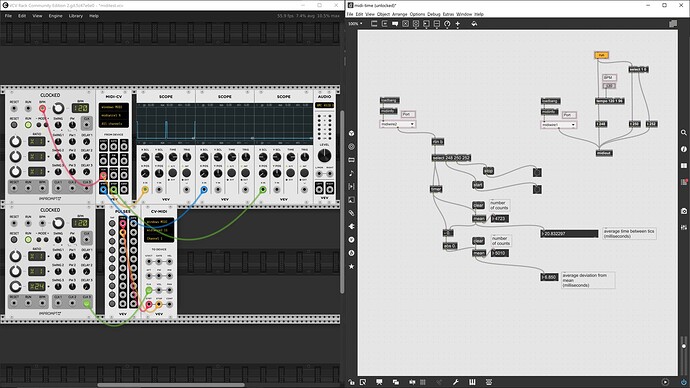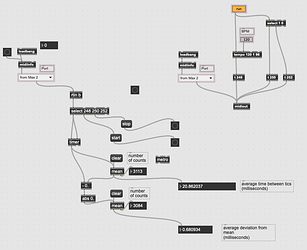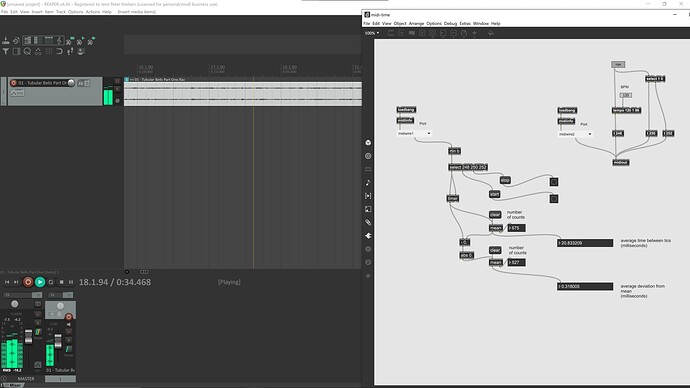“System Real Time Message” Page 7
Removed due to copyright.
"Copyright © 1995-2006 and 2014 MIDI Manufacturers Association
Portions Copyright © 1985, 1989 MIDI Manufacturers Association, Japan MIDI Standards Committee
Portions Copyright © 1995 Jim Heckroth, Crystal Semiconductor Corporation, Used with Permission
ALL RIGHTS RESERVED. NO PART OF THIS DOCUMENT MAY BE REPRODUCED IN ANY FORM OR BY ANY MEANS,
ELECTRONIC OR MECHANICAL, INCLUDING INFORMATION STORAGE AND RETRIEVAL SYSTEMS, WITHOUT
PERMISSION IN WRITING FROM THE MIDI MANUFACTURERS ASSOCIATION. "
You can download the MIDI specification document for free after registering.
Free registration:
https://www.midi.org/specifications-old/item/the-midi-1-0-specification
page 7. (fair use) my emphasis:
System Real Time Messages
The MIDI System Real Time messages are used to synchronize all of the MIDI clock-based
equipment within a system, such as sequencers and drum machines. Most of the System Real
Time messages are normally ignored by keyboard instruments and synthesizers. To help
ensure accurate timing, System Real Time messages are given priority over other messages,
and these single-byte messages may occur anywhere in the data stream (a Real Time message
may appear between the status byte and data byte of some other MIDI message).
The System Real Time messages are the Timing Clock, Start, Continue, Stop, Active Sensing,
and the System Reset message. The Timing Clock message is the master clock which sets the
tempo for playback of a sequence. The Timing Clock message is sent 24 times per quarter note.
The Start, Continue, and Stop messages are used to control playback of the sequence.
The Active Sensing signal is used to help eliminate “stuck notes” which may occur if a MIDI
cable is disconnected during playback of a MIDI sequence. Without Active Sensing, if a cable is
disconnected during playback, then some notes may be left playing indefinitely because they
have been activated by a Note On message, but the corresponding Note Off message will never
be received.
The System Reset message, as the name implies, is used to reset and initialize any equipment
which receives the message. This message is generally not sent automatically by transmitting
devices, and must be initiated manually by a user.
 (knob sens, duplicating without cables command and favorites hot key in browser)
(knob sens, duplicating without cables command and favorites hot key in browser)



